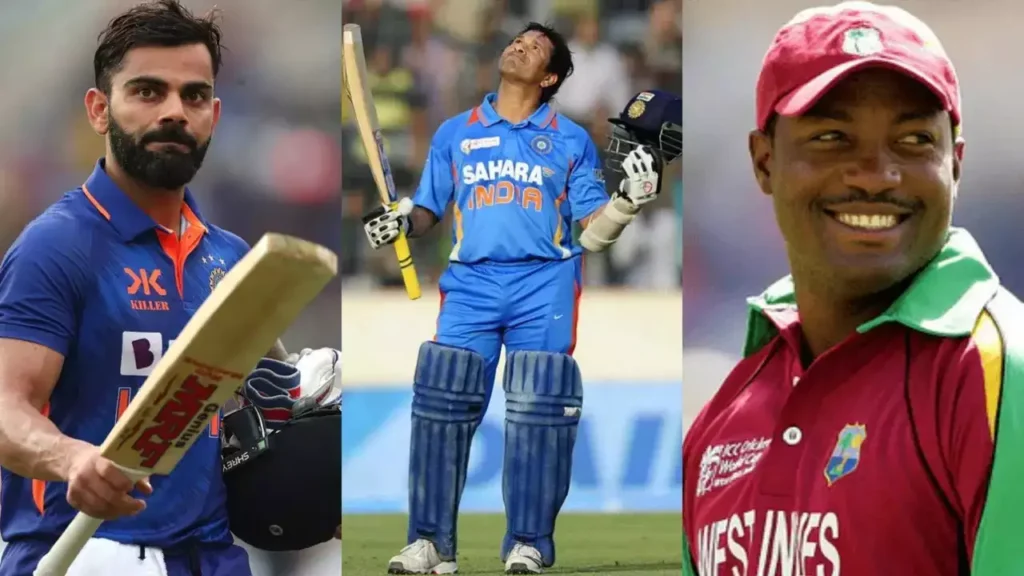Introduction
Cricket, often referred to as a religion in many countries, holds a special place in the hearts of millions of fans worldwide. Among the plethora of cricket tournaments, the One Day International (ODI) World Cup stands out as one of the most culturally significant events in the sport. This global extravaganza transcends borders, bringing together diverse cultures, traditions, and nationalities under the umbrella of a shared passion for cricket. In this blog post, we will explore the cultural significance of the ODI World Cup and how it unites people from around the world.
1. A Cultural Melting Pot

The ODI World Cup is more than just a cricket tournament; it’s a melting pot of cultures, traditions, and languages. With teams representing various countries, the World Cup showcases the rich diversity of our planet. Each team brings its unique flair to the game, reflecting the culture and ethos of its homeland.
The colorful and passionate crowds that fill the stadiums during World Cup matches add to the cultural spectacle. From the vuvuzelas in South Africa to the drums in the West Indies, the World Cup’s atmosphere is an auditory and visual feast that celebrates the vibrant cultures of the participating nations.
2. Bridging Political Divides
Cricket has a remarkable ability to transcend political boundaries and foster diplomatic relations. The ODI World Cup often serves as a platform for nations with strained political relationships to come together and compete on the field, promoting peaceful coexistence. Historical rivalries between countries, such as India and Pakistan, take a backseat during these tournaments as cricket takes center stage, reminding us of the unifying power of sports.
3. Cultural Icons and Heroes

The ODI World Cup has produced cricketing legends who transcend national boundaries to become global icons. Players like Sachin Tendulkar, Sir Vivian Richards, Wasim Akram, and Brian Lara have left an indelible mark on the cricketing world. Their achievements and personalities have garnered fans from all corners of the globe, turning them into cultural ambassadors for their countries.
4. Food, Festivals, and Cricket
Cricket and culture are often intertwined, and the World Cup is no exception. During this tournament, fans get to experience the culinary delights of different nations, as well as their unique celebrations and traditions. From Indian curries to Caribbean jerk chicken, the World Cup offers a gastronomic journey that reflects the global flavors of cricket.
Additionally, the World Cup coincides with various cultural festivals and holidays in different parts of the world. For example, in India, the festival of Holi often aligns with the cricket season, resulting in colorful celebrations both on and off the field. These cultural intersections make the World Cup a time for revelry and unity.
5. The Global Cricketing Family
The ODI World Cup fosters a sense of camaraderie among cricket enthusiasts worldwide. Fans from diverse backgrounds come together to support their teams and share their love for the sport. Whether you’re in a bustling stadium in India or watching from a pub in England, the shared experience of the World Cup connects cricket fans as part of a global family.
Conclusion
The ODI World Cup is more than just a cricket tournament; it’s a celebration of cultures, traditions, and the unifying power of sports. It transcends borders, bringing together people from diverse backgrounds to share in the joy, excitement, and drama of cricket. As we anticipate each new World Cup, we also look forward to the cultural exchange and unity that it brings, reminding us that cricket is not just a game—it’s a bridge that connects us all, beyond borders.
